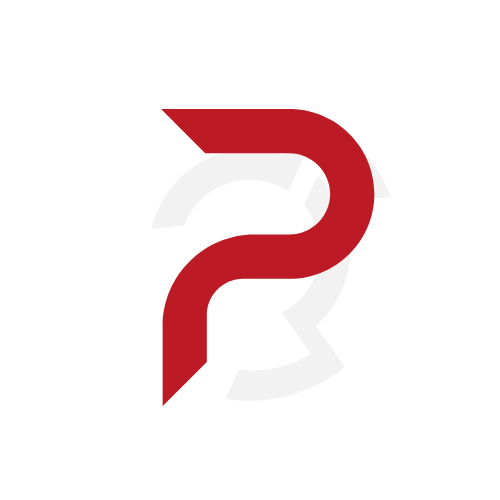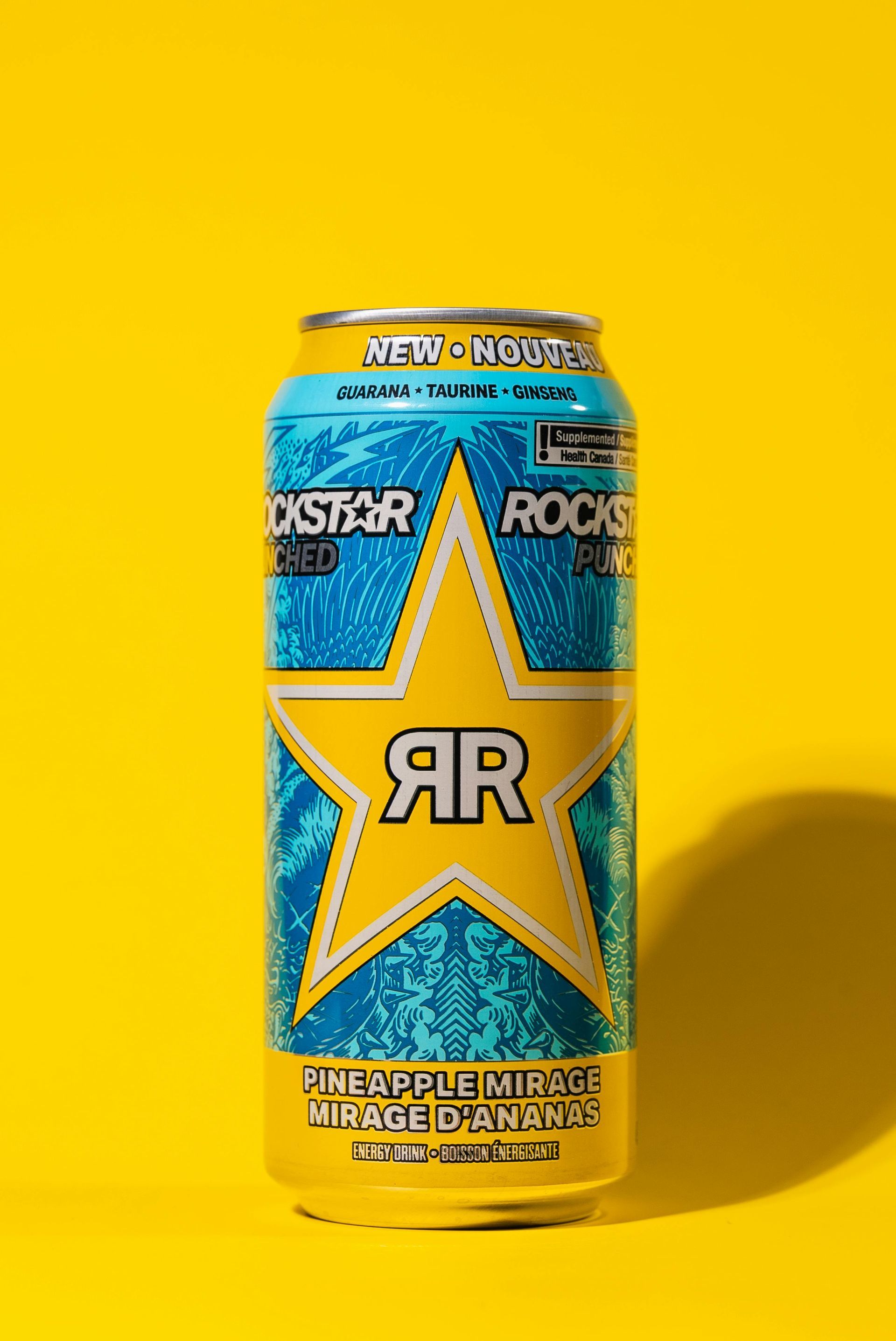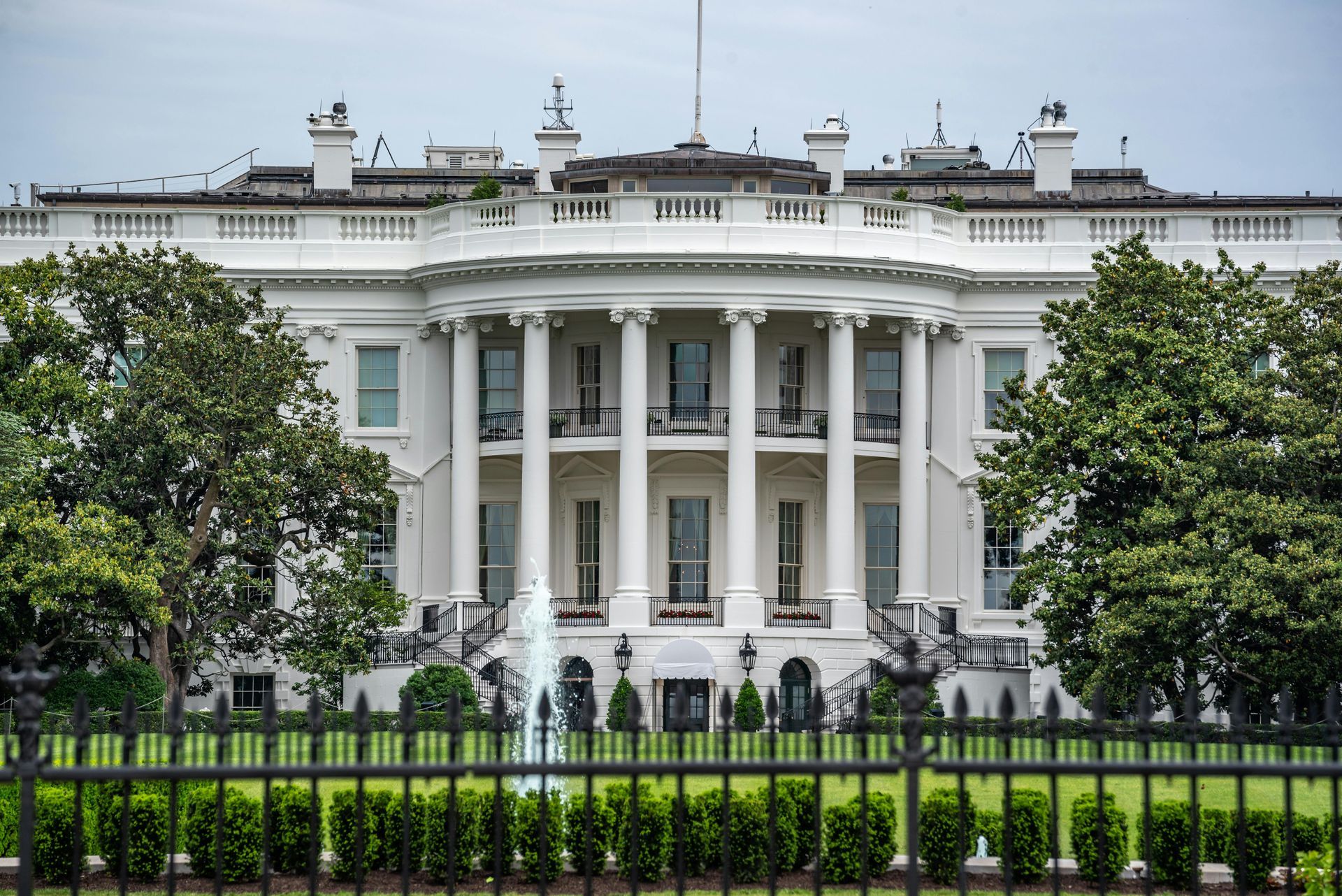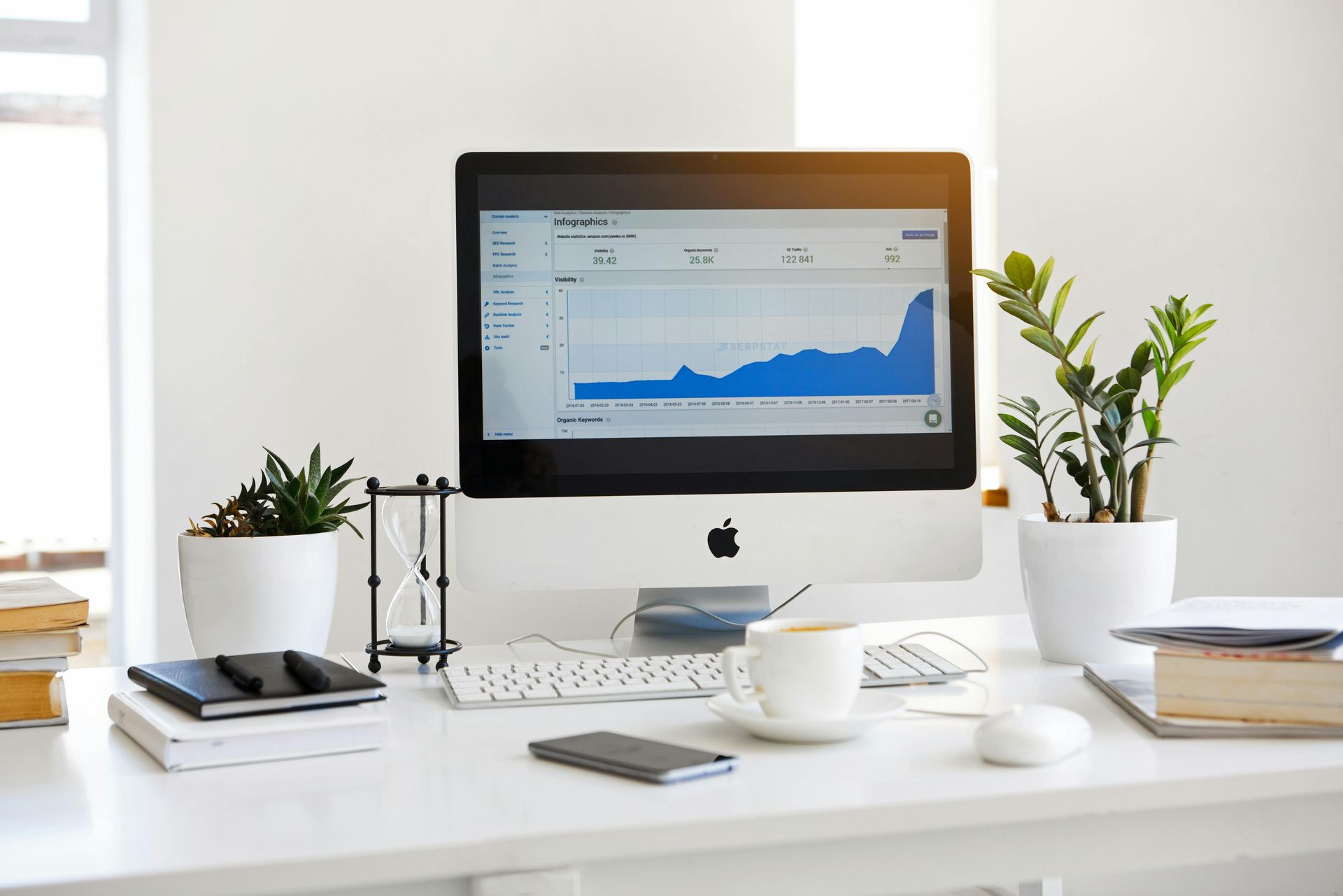Building a High-Impact Paid Media Strategy in a Multi-Channel World
Here's How to Build a High Impact Paid Media Strategy
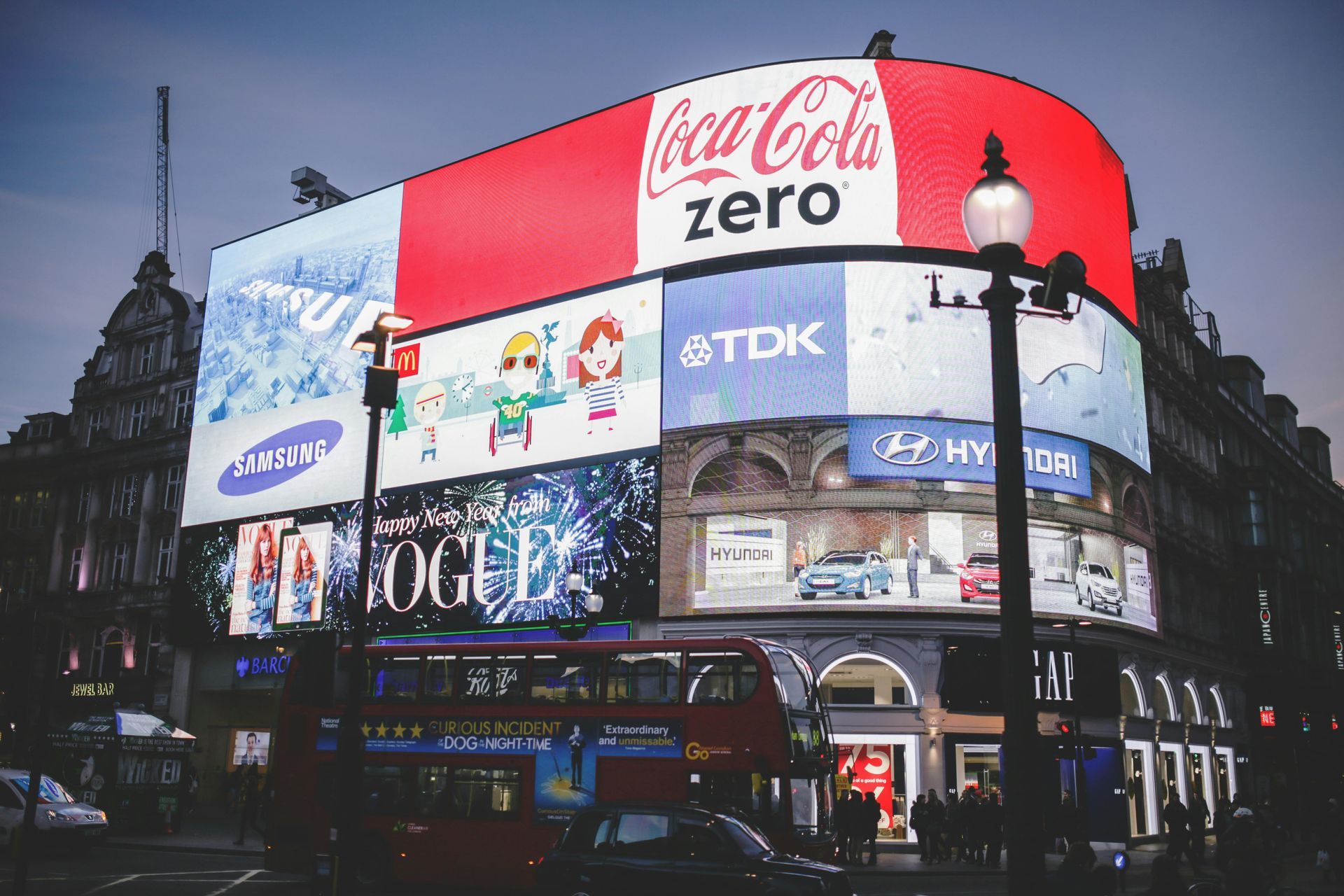
Paid media is a critical component of modern marketing, but building a strategy that achieves measurable results can feel overwhelming—especially for those new to the discipline. By understanding key concepts and focusing on actionable steps, in-house marketing executives can create a high-impact paid media strategy tailored for today’s multi-channel environment.
What is Paid Media?
Paid media refers to any form of advertising where you pay to promote your brand, products, or services. This includes search engine ads (e.g., Google Ads), social media advertising (e.g., sponsored content on platforms like Facebook, Instagram, or LinkedIn), display advertising, and programmatic advertising.
Simply put, paid media is a way to “rent” attention rather than earn it. It complements organic efforts like SEO and social media posts, giving your brand visibility on platforms where your target audience spends their time.
The Role of Multi-Channel Marketing
Multi-channel marketing means promoting your brand on multiple platforms or channels to ensure a cohesive and consistent message. This could include combining search, social, email, and traditional advertising like TV or print.
The benefit? You reach your audience wherever they are, while tailoring your approach to the preferences and behaviours specific to each channel. For example, flashy visuals might engage users on Instagram, but concise, text-based ads work better on Google.
Key Benefit in the Digital Era
The interconnected nature of today’s platforms allows you to track results across these channels. For instance, you can see how a prospect who saw your Instagram ad converts later through search. This is where the idea of conversion rate becomes important.
Defining Conversion Rate
Your conversion rate is the percentage of users who complete a desired action—like making a purchase, signing up for a newsletter, or filling out a contact form—after interacting with your ad.
For example, if your ad drives 100 visitors to your website and 10 of them sign up for your service, your conversion rate is 10%. This metric is key to evaluating the success of your paid media campaigns.
Building an Effective Paid Media Strategy
Now that we’ve defined the key terms, how do you actually build a paid media strategy that works? Here are five actionable tips to guide you.
1. Start With Clear Objectives
Define what success looks like before launching any campaign. Are you aiming to increase brand awareness? Drive website traffic? Generate leads? Having a clear goal will determine your choice of platforms, ad formats, and budget allocation.
For instance, if your goal is lead generation, platforms like LinkedIn (for B2B) or Facebook may be more effective due to their precise targeting options.
2. Know Your Audience Inside Out
Effective advertising is grounded in understanding your audience. Use insights from tools like Google Analytics or social media platforms to identify critical demographics—age, gender, location, and interests.
Once you understand their behaviours, tailor your message to their needs. For example, an ad targeting 25-34-year-olds on Instagram should have a dynamic, visually appealing format, while a campaign aimed at executives on LinkedIn should focus on professionalism and tangible business value.
3. Select the Right Channels
Different channels serve different purposes. Here’s a quick breakdown of popular paid media platforms and their strengths:
- Google Ads (Search Ads): Great for capturing users actively looking for specific keywords.
- Facebook and Instagram Ads: Ideal for targeting users by interests and behaviours with visually compelling content.
- LinkedIn Ads: Powerful for B2B audiences, particularly for professional services.
- Programmatic Ads: Excellent for broad reach and dynamic targeting across multiple websites.
Use your objectives and audience insights to decide where to focus. Diversity is important, but trying to master too many platforms at once can lead to inefficiency.
4. Create Compelling Ad Creatives
Your ad creative determines whether someone stops scrolling or clicks away. Follow these tips for high-performing creative content:
- Be Clear: Ensure your ad communicates its main value within the first few seconds.
- Use Strong CTAs (Calls-to-Action): CTAs like “Sign Up Today” or “Learn More” prompt users to take action.
- Tailor Visuals to the Platform: Portrait formats work better on Instagram Stories, whereas horizontal formats are ideal for YouTube ads.
Testing multiple variations of headlines, visuals, and CTAs is essential to finding what resonates most.
5. Measure, Optimise, Repeat
Launching a campaign is just the beginning. Review metrics like click-through rate (CTR), conversion rate, and cost per acquisition (CPA) regularly to understand what’s working.
For example, if certain keywords are underperforming in a Google Ads campaign, refine your targeting or adjust your bid. Similarly, if audience engagement is low on Instagram, evaluate whether your creative content aligns with your audience.
Use A/B testing to experiment with different versions of your ads, and allocate more budget to the top-performing variants. Paid media thrives on continuous improvement.
Common Pitfalls to Avoid
While paid media can be highly effective, it’s easy to fall into these traps:
- Neglecting the Landing Page: The user experience doesn’t stop with the ad. Ensure your landing page is optimised, mobile-friendly, and aligned with your ad’s promise.
- Mismanaging Budgets: Scaling too quickly or focusing on the wrong channels can drain your resources without producing results.
- Overcomplicating Campaigns: Start simple, and refine strategies over time rather than launching overly complex campaigns from the beginning.
Final Thoughts
A high-impact paid media strategy requires careful planning, audience understanding, and constant refinement. By setting clear goals, picking the right channels, and optimising your campaigns, you can maximise your investment in the multi-channel world.
For in-house marketing executives, success often lies in starting small, learning fast, and scaling intelligently. With the tips outlined in this guide, you’ll be well on your way to driving measurable results for your organisation.
About the Author: Will Chalmers is a marketing strategist at Puzzle Creative Marketing Agency, specialising in crafting solutions that deliver measurable growth for brands in competitive markets.
